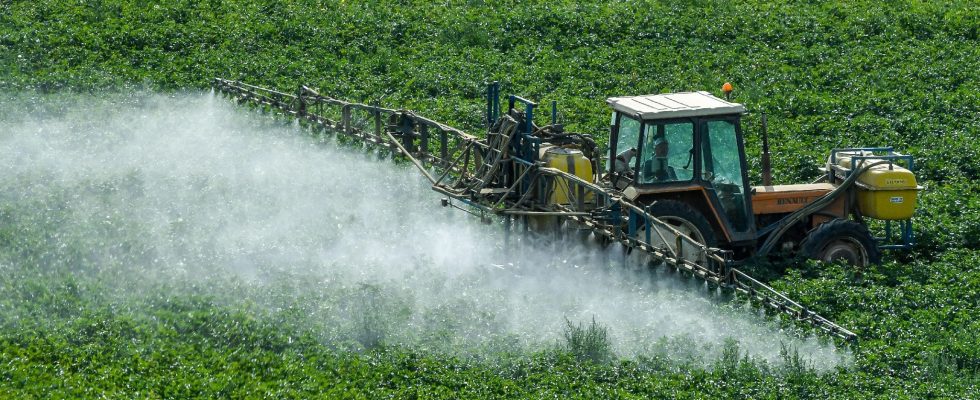As is often the case in environmental matters, the controversy lies in the indicator used. While the government presents its new “Ecophyto” plan this Monday, May 6, the debate focuses on the change in the measurement of phytosanitary practices, demanded by farmers but denounced by environmental stakeholders.
The objective stated by the new plan remains the same: to reduce phytosanitary products by 50% by 2030, as the first Ecophyto plan of 2008 promised in vain. This time, it is the method that changes: the new strategy modifies the measurement of pesticide use, and its evolution over time. However, a change in measurement can largely modify the direction of the curve on the graphs, point out environmental NGOs. And therefore, modify the level of effort required of farmers. For the government, it is precisely a question of setting objectives for reducing risks and the use of plant protection products”, “while giving all farmers the means for this transition”.
Exit the “Nodu”, hello the “HRI1”
To begin with, the reference period changes: the average will now be calculated over the years 2011-2013, compared to 2015-2017 previously. But the key measure, and the most controversial, lies in the change of the indicator, i.e. the measuring instrument. Exit Nodu (for number of unit doses), which since 2008 has made it possible to relate each pesticide to a specific “unit dose”: the maximum dose of the product that can be applied during a treatment, on a crop and a given year. Accused of being too French, it caused, according to the FNSEA and phytosanitary producers, a distortion of competition between France and its European neighbors. Another pitfall recognized by environmental stakeholders: it does not take into account the toxicity of molecules, on humans or on the environment, thus putting all phytosanitary products in the same bag.
It is now the HRI1 which is making its debut, i.e. the harmonized European risk indicator. This index is obtained by multiplying the volumes of active substances by “coefficients” supposed to reflect the dangerousness of the various pesticides but does not take into account the application doses. According to the diagrams presented in the new Ecophyto strategy and consulted by AFP, the calculation of the HRI1 already shows a reduction of almost 40% in the use of pesticides between 2011 and 2024. But for NGOs, a “change in thermometer” does not reduce fever. Générations Futures denounces the “misleading” drop in pesticides displayed by the HRI1 (-32% between 2011 and 2021) while the Nodu showed an increase of 3% over the same period.
Possible review of HRI1 at the end of the year
The government defends this change in the name of European “coherence”. The Minister of Agriculture Agnès Pannier-Runacher nevertheless affirmed in the newspaper The Sunday Tribune having “asked the National Research Institute for Agriculture, Food and the Environment (Inrae) to work with its European counterparts to make proposals in order to improve, if necessary, the HRI1”. The first assessment will be made “by the end of the year”, she said.
At the same time, 250 million euros are also dedicated to the search for alternative solutions, such as biocontrol products, and to supporting farmers in changing practices, taking up farmers’ demands: “no ban without a solution “.
In accordance with the government’s promise to reduce the administrative and legal obligations weighing on farmers, after the angry movement in February, a law will also be proposed “at the beginning of July on phytosanitary products” intended in particular to remove the The obligation imposed on farmers to carry out “strategic advice” to reflect on their product practices.
